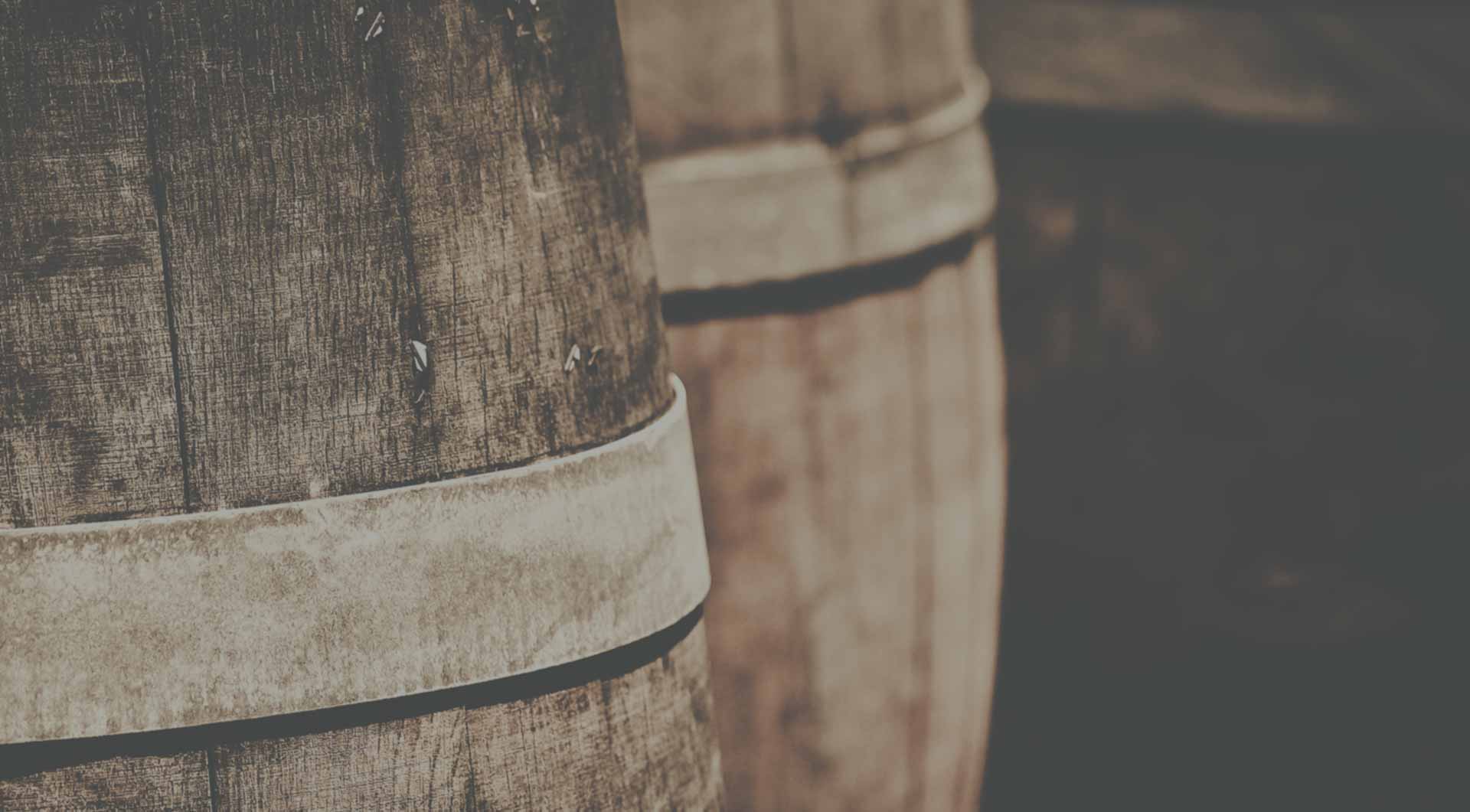Vintage Ports are the top wines of a single outstanding harvest and are ports made to age in the bottle. They have exceptional organoleptic characteristics, showing a dark red colour, a great structure and intense fruit aromas and flavours.
Krohn Vintage is taken in the best years when a blend of ports from Quinta do Retiro Novo and other neighbouring vineyards produces the most complex wine with great potential longevity.
They are bottled two years after the harvest and in most cases spend many years maturing in the bottle. Through this ageing process Vintage Ports are kept away from the influence of the atmosphere, which makes them loose their colour very slowly and retain their typical fruitness.
In order to maintain richness and power they are neither fined nor filtered, therefore throwing a large amount of sediment as they mature. For this reason, they should be decanted before being served.
Once opened, a Vintage bottle should be drunk the same day to keep the exceptional quality untouched. Vintage Port is a drink for after a meal. Enjoy them with cheese like Stilton or Gorgonzola. But you can also incorporate them into a meal, combining for instance a Steak au Poivre with a young Vintage.


